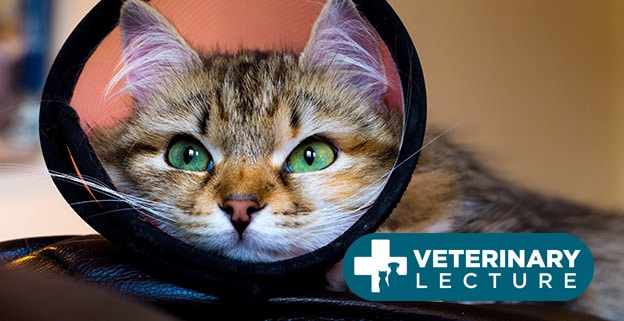You need a ‘Veterinarian’ Membership to Access This Content
Course Description
Nonsurgical methods of contraception and sterilization can be safe, reliable and in some cases, irreversible. Hormonal treatments using progestins, androgens, or gonadotropin releasing hormone (GnRH) analogs act to either directly block reproductive hormone receptor-mediated events, or indirectly block conception via negative feedback mechanisms. Immunocontraception, via vaccination against GnRH, the luteinizing hormone receptor or zona pellucida proteins, is also possible.
Things to Learn
Intratesticular or intraepididymal injections provide a method for non-surgical sterilization of the male dog and cat. Additional methods for mechanical disruption of fertility including intravaginal and intrauterine devices and ultrasound testicular ablation will be reviewed


